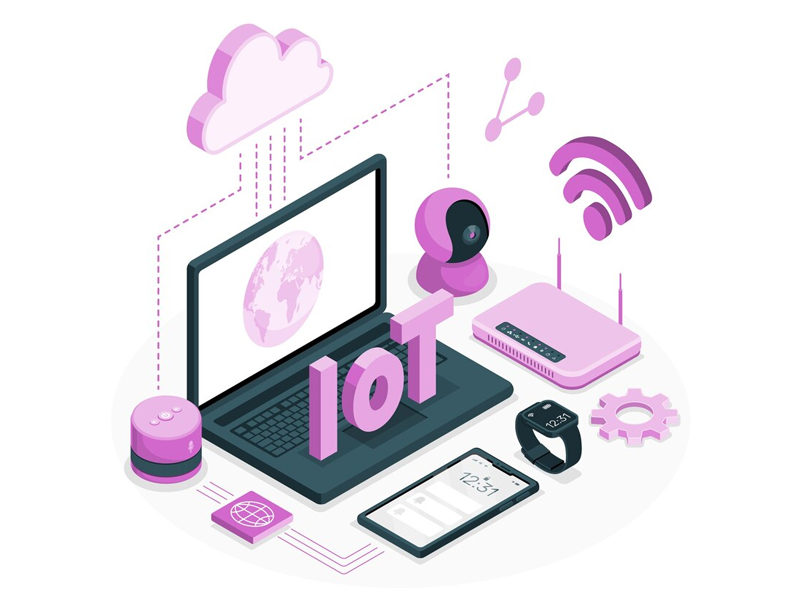Fuel Less Space Drive May Actually Work, says NASA
Uncategorized
 Fuel Less Space Drive!
The quest of humans to gain knowledge is boundless. Humans start receiving bits of information right from birth through their five senses. Eventually the pieces of information are processed in the brain to produce a canvas of intelligible entities. The insatiable yearning for understanding has driven human beings in all directions to travel and gain knowledge of the new environment. History of mankind is replete with descriptions of people traveling into uncharted territories. Dense forests, high mountains, unending stretches of deserts, deep gorges and caves were all visited by man. All foreseeable parts of the earth reached either individually or as part of collective expedition. The man had also set his sights on heavenly bodies, seen in the sky. Observation and study of astronomical bodies in universe around were pursued by great men, adding to knowledge bank. However, this exercise was limited to gaining the information through observation only, as there were no means to reach these celestial objects. The desire to visit distant astronomical objects could not be fulfilled till about fifty years back. Man learned about flying in atmospheric air and started practicing a century ago, but lacked enough technological resources to defy gravity to enter space.
Once man succeeded in breaking the gravitational pull of the earth and commenced a journey to distant celestial bodies, the progress in the field of space travel gained astronomical momentum, so to say literally. Space research was pioneered by The American governmental body, National Aeronautics and Space Administration, now famously known by acronym NASA. This agency is responsible for the civilian space program. Successful space expeditions have contributed immensely to hitherto limited knowledge of universe around. Travel into space hinges on the crucial ability to break the downward gravitational pull, exerted by the earth. The spacecrafts are required to carry gigantic fuel tanks with them. Fuel in these tanks provides energy to rockets meant for overcoming gravity, and reaching outer space. Once in space the spacecraft has to utilize fuel for all directional maneuvers.
Solar panels are strategically attached to space vehicle for receiving maximum sunlight for conversion into electricity, which is stored in batteries. However, this electricity is not enough to propel the vehicle. Extensive researches were carried out to find more and more efficient fuels and corresponding engines to minimize the need to carry on-board fuel. A revolutionary thinking of making the fuel redundant started catching the imagination of a new breed of scientists. They developed various machines and experimented on them. The experiments were centered around the concept of fuel-less engines. Many scientists thought that the very idea of fuel-less engines are against the fundamentals of physics. Research papers published on the theories and experiments of this project explain the phenomenon of producing thrust in the quantum vacuum. Shorn of scientific jargon, the proponents claimed that the thrust can be produced in drivers of spacecraft, by particles, which come into existence and then disappear after producing thrust. This action is perpetual as per assertions of scientists.
The results are said to be authenticated by NASA. A great deal of controversy erupted in the scientific community. The old school of thought has opined that the new concept is shaking the very foundation of physics and is destined to fail. It remains to be seen, what contours the research and development of this concept takes. If the newer concept proves to work, then space drive will never be the same again.
Fuel Less Space Drive!
The quest of humans to gain knowledge is boundless. Humans start receiving bits of information right from birth through their five senses. Eventually the pieces of information are processed in the brain to produce a canvas of intelligible entities. The insatiable yearning for understanding has driven human beings in all directions to travel and gain knowledge of the new environment. History of mankind is replete with descriptions of people traveling into uncharted territories. Dense forests, high mountains, unending stretches of deserts, deep gorges and caves were all visited by man. All foreseeable parts of the earth reached either individually or as part of collective expedition. The man had also set his sights on heavenly bodies, seen in the sky. Observation and study of astronomical bodies in universe around were pursued by great men, adding to knowledge bank. However, this exercise was limited to gaining the information through observation only, as there were no means to reach these celestial objects. The desire to visit distant astronomical objects could not be fulfilled till about fifty years back. Man learned about flying in atmospheric air and started practicing a century ago, but lacked enough technological resources to defy gravity to enter space.
Once man succeeded in breaking the gravitational pull of the earth and commenced a journey to distant celestial bodies, the progress in the field of space travel gained astronomical momentum, so to say literally. Space research was pioneered by The American governmental body, National Aeronautics and Space Administration, now famously known by acronym NASA. This agency is responsible for the civilian space program. Successful space expeditions have contributed immensely to hitherto limited knowledge of universe around. Travel into space hinges on the crucial ability to break the downward gravitational pull, exerted by the earth. The spacecrafts are required to carry gigantic fuel tanks with them. Fuel in these tanks provides energy to rockets meant for overcoming gravity, and reaching outer space. Once in space the spacecraft has to utilize fuel for all directional maneuvers.
Solar panels are strategically attached to space vehicle for receiving maximum sunlight for conversion into electricity, which is stored in batteries. However, this electricity is not enough to propel the vehicle. Extensive researches were carried out to find more and more efficient fuels and corresponding engines to minimize the need to carry on-board fuel. A revolutionary thinking of making the fuel redundant started catching the imagination of a new breed of scientists. They developed various machines and experimented on them. The experiments were centered around the concept of fuel-less engines. Many scientists thought that the very idea of fuel-less engines are against the fundamentals of physics. Research papers published on the theories and experiments of this project explain the phenomenon of producing thrust in the quantum vacuum. Shorn of scientific jargon, the proponents claimed that the thrust can be produced in drivers of spacecraft, by particles, which come into existence and then disappear after producing thrust. This action is perpetual as per assertions of scientists.
The results are said to be authenticated by NASA. A great deal of controversy erupted in the scientific community. The old school of thought has opined that the new concept is shaking the very foundation of physics and is destined to fail. It remains to be seen, what contours the research and development of this concept takes. If the newer concept proves to work, then space drive will never be the same again.
Frequently Asked Questions?

01
AI & ML
Gemini Evolves: Your AI Assistant on the Go with the New Overlay Feature
Apr 24, 2024

01
Tech news
Cloud Storage: Powering Progress or Polluting the Planet?
Apr 22, 2024

01
Internet of Things
Gearing Up for a Connected Tomorrow: Top Trends Shaping the Future of IoT
Apr 21, 2024
01
Mobile Technology
Streamlining Your Chats: A Look at WhatsApp’s Upcoming Filter Update
Apr 19, 2024
SUSBSCRIBE TO OUR NEWSLETTER
Join our subscribers list to get the latest news and special offers.
Gemini Evolves: Your AI Assistant on the Go with the New Overlay Feature
Cloud Storage: Powering Progress or Polluting the Planet?
Gearing Up for a Connected Tomorrow: Top Trends Shaping the Future of IoT
No More Range Anxiety: Google Maps Uses AI to Simplify EV Charging